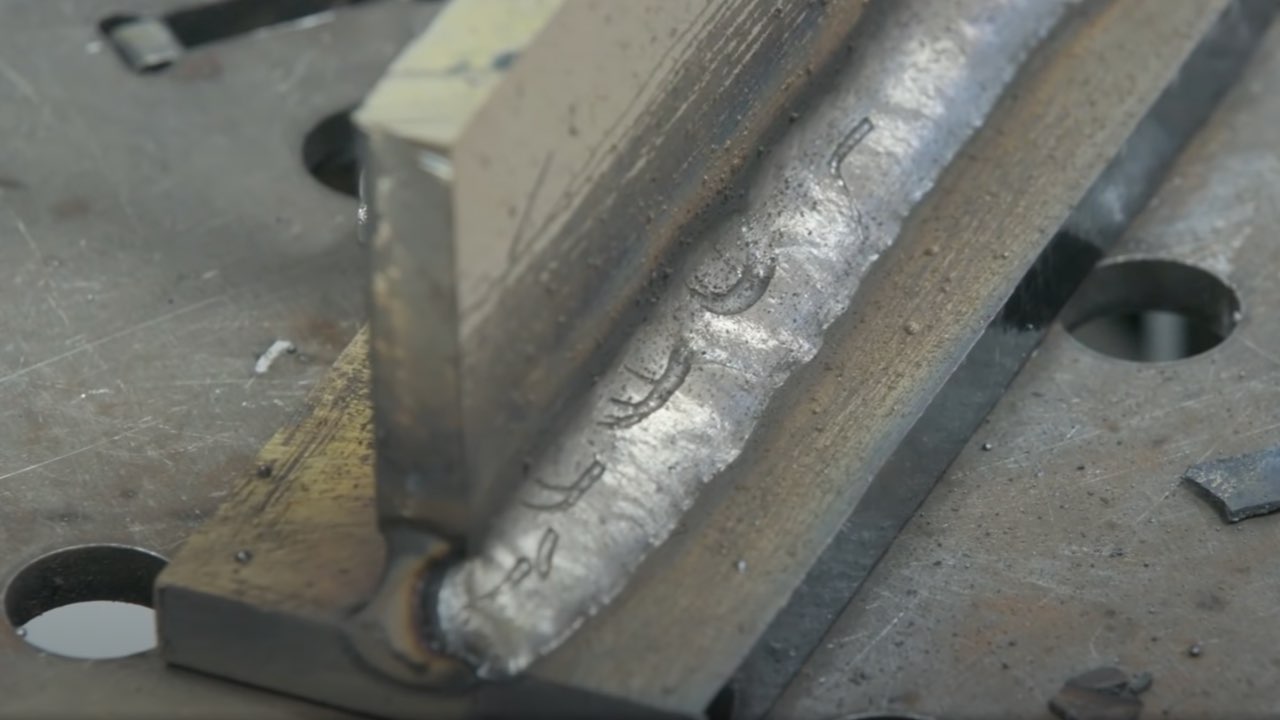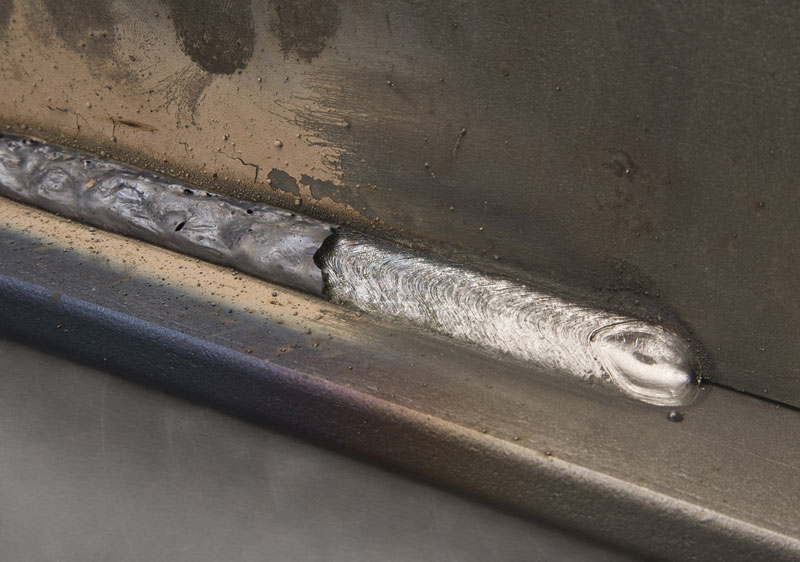What is Porosity in Welding: Trick Aspects and Their Impact on Weld High Quality
What is Porosity in Welding: Trick Aspects and Their Impact on Weld High Quality
Blog Article
Understanding Porosity in Welding: Exploring Causes, Results, and Prevention Techniques
As professionals in the welding market are well aware, understanding the causes, impacts, and avoidance strategies related to porosity is essential for accomplishing robust and reputable welds. By diving into the root creates of porosity, analyzing its damaging effects on weld high quality, and exploring effective prevention methods, welders can improve their knowledge and skills to create premium welds constantly.
Usual Root Causes Of Porosity
Contamination, in the type of dirt, oil, or corrosion on the welding surface, creates gas pockets when warmed, leading to porosity in the weld. Improper protecting takes place when the protecting gas, frequently made use of in processes like MIG and TIG welding, is unable to completely protect the molten weld swimming pool from reacting with the bordering air, resulting in gas entrapment and subsequent porosity. Additionally, insufficient gas insurance coverage, typically due to wrong circulation prices or nozzle positioning, can leave parts of the weld unsafe, allowing porosity to create.
Effects on Weld High Quality
The presence of porosity in a weld can considerably jeopardize the overall quality and honesty of the bonded joint. Porosity within a weld produces spaces or dental caries that damage the structure, making it extra prone to breaking, rust, and mechanical failure. These voids serve as stress concentrators, decreasing the load-bearing ability of the weld and enhancing the probability of premature failing under used anxiety. Additionally, porosity can additionally work as potential sites for hydrogen entrapment, more exacerbating the degradation of the weld's mechanical residential properties.
Additionally, porosity can impede the effectiveness of non-destructive screening (NDT) techniques, making it testing to detect other problems or interruptions within the weld. This can lead to substantial safety worries, particularly in essential applications where the structural integrity of the welded components is extremely important.

Avoidance Techniques Review
Given the harmful effect of porosity on weld top quality, effective avoidance strategies are critical to keeping the architectural stability of welded joints. In addition, selecting the appropriate welding criteria, such as voltage, existing, and take a trip speed, can aid minimize the threat of porosity formation. By integrating these prevention techniques right into welding practices, the occurrence of porosity can be significantly reduced, leading to more powerful and a lot more reputable welded joints.
Relevance of Correct Shielding
Appropriate protecting in welding plays a vital function in avoiding atmospheric contamination and making sure the honesty of bonded joints. Securing gases, such as argon, helium, or a mixture of both, are frequently utilized to protect the weld swimming pool from reacting with elements airborne like oxygen and nitrogen. When these responsive elements come into contact with the hot weld swimming pool, they can create porosity, bring about weak welds with reduced mechanical homes.

Poor protecting can result in various problems like porosity, spatter, and oxidation, compromising the structural honesty hop over to these guys of the welded joint. Consequently, adhering to correct protecting methods is necessary to produce premium welds this link with minimal flaws and ensure the durability and dependability of the welded elements (What is Porosity).
Tracking and Control Techniques
Exactly how can welders efficiently monitor and manage the welding procedure to make sure ideal results and prevent problems like porosity? By continually keeping track of these variables, welders can determine discrepancies from the perfect problems and make prompt modifications to stop porosity formation.

Furthermore, carrying out appropriate training programs for welders is important for keeping an eye on and regulating the welding process properly. What is Porosity. Educating welders on the significance of preserving regular parameters, such as proper gas shielding and take a trip rate, can assist avoid porosity problems. Normal assessments and certifications can also ensure that welders excel in surveillance and regulating welding procedures
In addition, using automated welding systems can improve monitoring and control abilities. These systems can specifically regulate welding specifications, lowering the probability of human error and guaranteeing regular weld quality. By combining advanced tracking technologies, training programs, and automated systems, welders can properly keep an eye on and control the welding procedure to reduce porosity problems and achieve high-grade welds.
Final Thought

Report this page